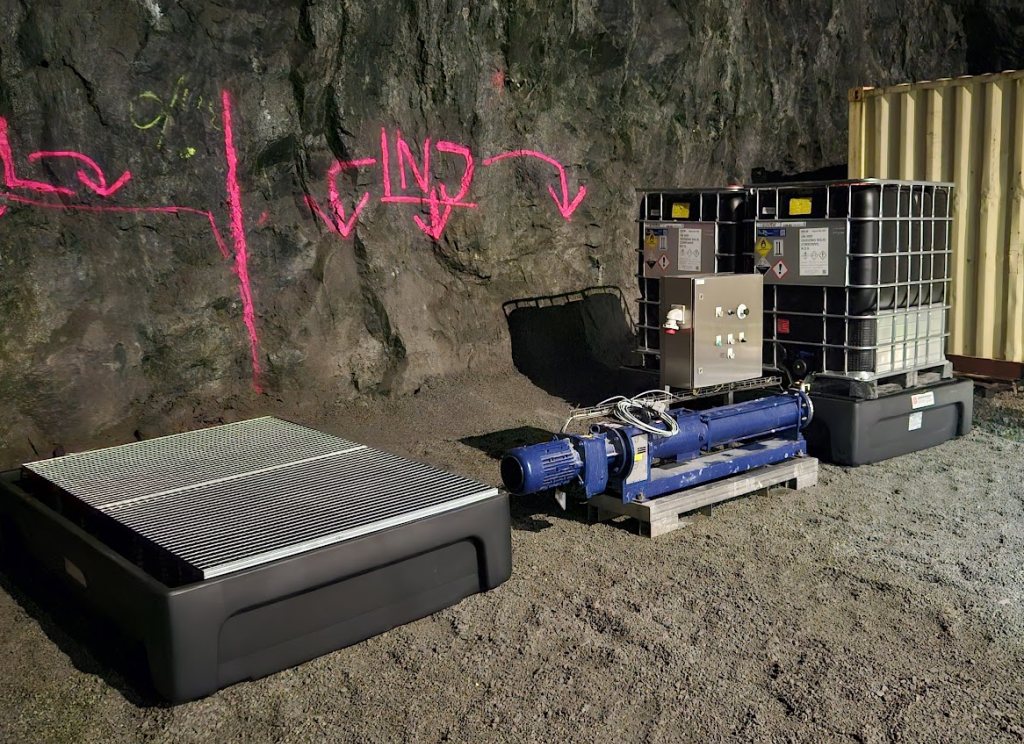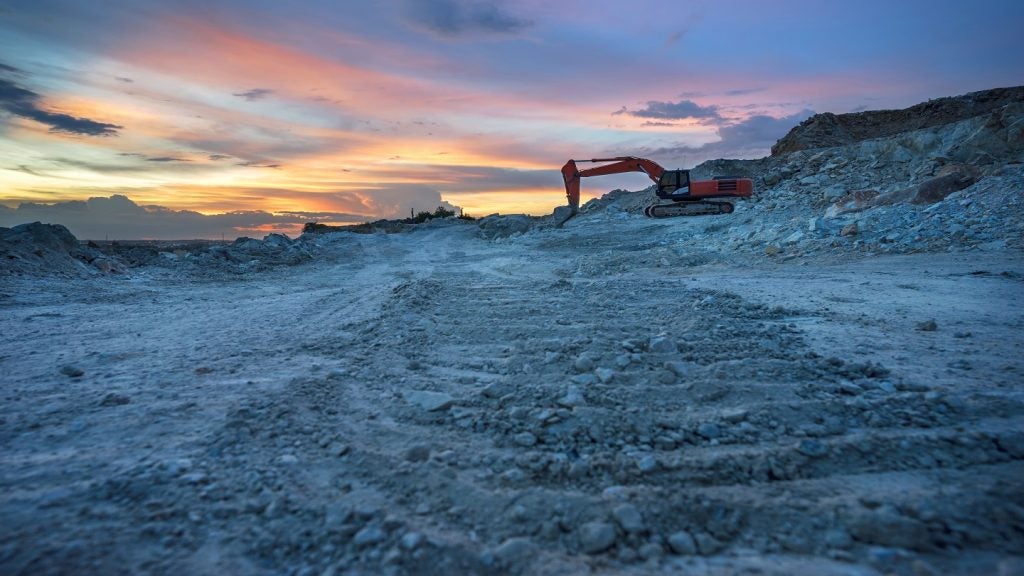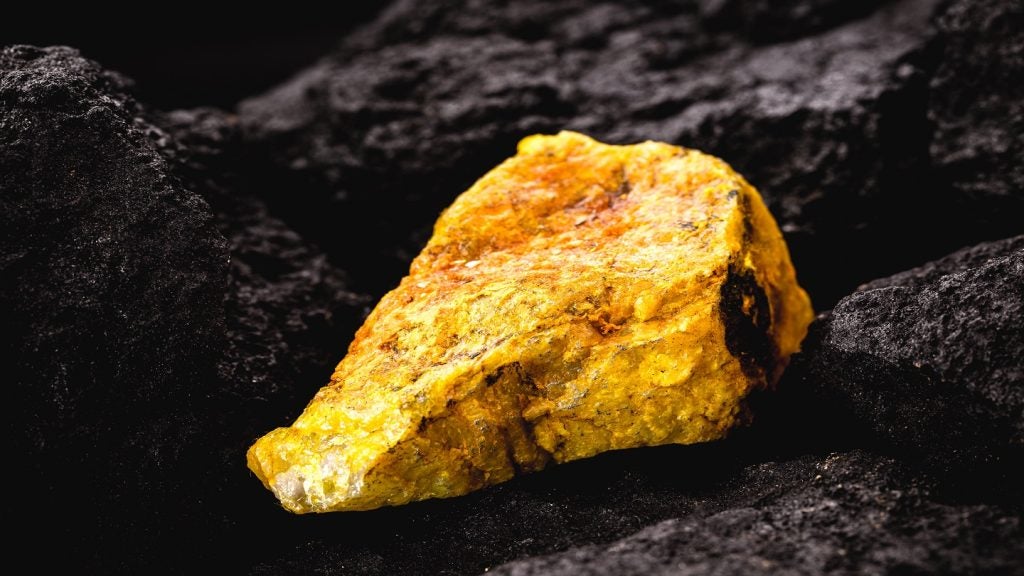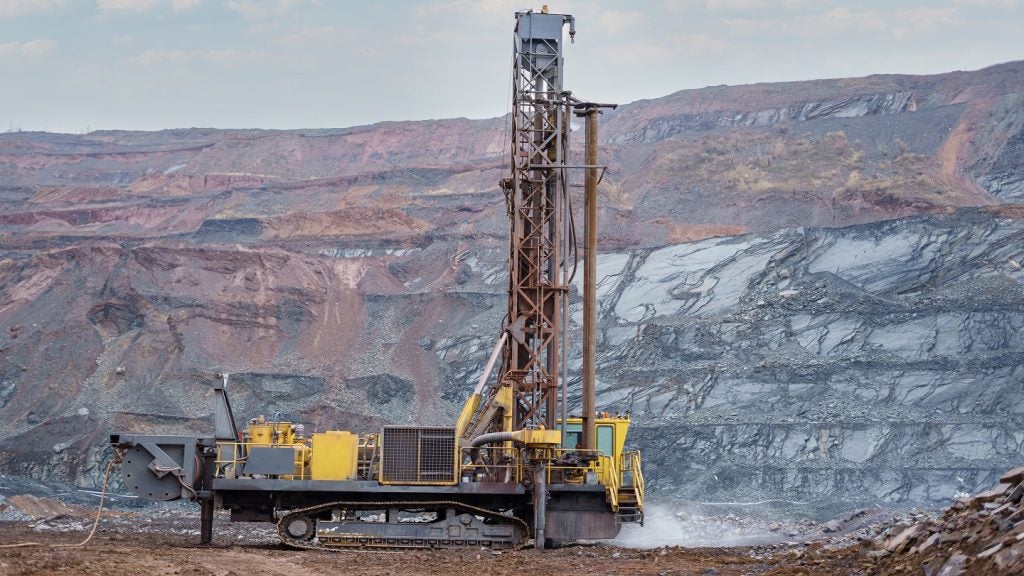Roughly 20 million tonnes (t) of AN explosives are utilised globally, resulting in significant greenhouse gas emissions and environmental challenges. These explosives are harmful to the environment and require substantial energy for production. As per the Swedish Mining Innovation, the emissions from AN explosives also result in billions of dollars in post-processing and production downtime.
Exposure to nitrate fumes over any period can lead to serious health problems. The gas is highly toxic, and ventilation is not always available in deep underground mines.
Research partially funded by the Australian Coal Association Research Programme, Mining3, and the University of Queensland indicates that most current explosives used in mining blasting are based on AN. The detonation properties of AN-based explosives were discovered in the 1950s, and since then, they have been dependable, safe and cost-effective.
However, as of 2017, no existing alternative raw material replaced AN. To identify gaps and bring in newer technologies, many companies have funded research and tested different explosives to find solutions to reduce the environmental impact.
One such alternative is nitrate-free explosives, which can diminish blasting's environmental impact by eliminating nitrates and reducing carbon emissions. For instance, hydrogen peroxide emulsion (HPE) explosives can potentially lower carbon emissions and prevent water from being contaminated with nitrates and ammonia.
HPE explosives have gained attention recently due to their potential to eliminate nitrogen oxide (NOx) fumes from blasting. With more companies pledging to achieve the COP26 net-zero goals by 2050, there is a growing push to explore using HPE for industrial purposes.
HPE implementation and benefits
Mine operator Boliden signed a deal in March 2024 with Swedish supplier Hypex Bio to create and deliver eco-friendly explosives without nitrates for the Kankberg mine. According to the company, this will significantly decrease the necessity for nitrogen water treatment and reduce carbon dioxide (CO₂) emissions by 400t per year.
The company claims HPE significantly reduces total carbon emissions compared with nitrate-based explosives. On the EU average, 1kg of AN emulsion emits only 2.3kg of carbon dioxide for the oxidiser phase. In contrast, the production of HPE emits just 0.23kg of carbon dioxide, signifying a substantial 90% reduction.
Hypex Bio's CEO, Thomas Gustavsson, told Mining Technology that the company “started underground trialling in partnership with Boliden minerals in the Kankberg mine… in Skelleftea (north Sweden). As with any development of energetic materials, trialling always has safety first in mind, which implies a step-by-step approach where very small amounts of product is tested, evaluated and assessed.
“Scaling up from small size to medium and then to large scale took from February 2020 to October 2022, where full-face blasting was conducted. The development and testing were done by Hypex Bio whereas Boliden supplied the mine site and active feedback [on] what requirements needed to be met to reach commercial viability,” Gustavsson adds.
According to the company, introducing a nitrate-free and sustainable explosives technology operated through an automated, digitalised and electrified charging method would help the mining industry achieve its environmental, social and governance (ESG) targets and significantly enhance productivity and safety at the charging site.
The CEO states that the requirements and desires of the mining and construction sectors influence the explosives market. As a result, it is essential to consider the direction in which the customer industry is heading in order to predict the future placement of any explosive technology.
Gustavsson adds: “For me, it is very clear that mining… is driven by ESG practices and in the next five to ten years, implementing ESG-aligned technologies such as Hypex will be very important [for] the mining industry to reach their target. For this reason, I believe that ESG-centric solutions with proven performance... will eventually be the predominant technology in the explosives market.”
Another benefit of HPE production is its energy efficiency. The base HPE uses established mixing techniques in a low-energy-intensity modular plant. In contrast, the production of AN emulsion is relatively energy intensive and not carbon neutral.
When asked about the cost benefits of the technology over the traditional AN explosives, Gustavsson says that the nitrate-free explosives are currently more expensive but not “significantly". He adds: "As the AN explosives market is quantitively very large, it benefits from scale effects. HPE technology has barely started and cannot benefit from the same scaling effects at the moment.”
Nonetheless, the CEO emphasises the technology's cost advantages, stating that the price would be insignificant compared with the new technology's value to the market.
He says: “The cost of AN explosives is not the same as the price... One must consider the cost of ventilation systems to deal with toxic fumes, water treatment plants to deal with ammonia leeching… and health and safety for the workforce that needs to operate in these environments. As HPE solves these issues and when all that is [considered], I am sure that the minor difference in price becomes irrelevant in contrast to the difference in value.“
However, HPE is not the only option that has been evaluated.
Other nitrate-free projects
Australian explosives company Orica and Spanish fertiliser manufacturer Fertiberia collaborated in June 2024 to conduct the first blast using low-carbon technical ammonium nitrate (TAN) at the Canteras de Santullán quarry in Spain. This followed their announcement in September 2023 about a partnership to offer low-carbon TAN to clients seeking sustainable blasting solutions.
According to Pedro de Andrés Sáez, general manager of Canteras de Santullán: “Fertiberia and Orica selected Santullán's quarry [in] a pioneering moment…[for] both Spain and Europe. The blast involves the use of ammonium nitrate produced with a lower carbon footprint.”
Orica used AN produced by Fertiberia using renewable hydrogen, resulting in a low-carbon explosive product for the first time on an industrial scale. According to the company, this new low-carbon TAN has the potential to revolutionise the industry by providing a more sustainable and environmentally friendly alternative to conventional TAN.
In the same month, Orica teamed up with DeBeers Canada at its Gahcho Kué site in Canada to enhance its drill and blast process and reduce nitrate concentrations as part of DeBeers' initiative to protect the natural world.
DeBeers engaged with Orica in 2020 to review the drill and blast process to enhance safety and efficiency. Orica utilised the nitrate risk reduction framework, a three-tiered approach to systematically lower nitrate contributions from blasting in water by identifying and implementing managed changes to reduce them.
“Orica’s nitrate risk reduction approach will thoroughly uncover the pathways for nitrate leaching into water systems from the ammonium nitrate-based bulk explosives to blasting operations at mine sites and create cost-effective solutions to reduce the risk across but not limited to… explosives handling and management,” the company said.
Research organisation Mining3 is also testing alternative explosive formulations that eliminate the nitrogen component and replace it with hydrogen peroxide as the main oxidising agent. According to its report, eliminating the nitrogen component from the explosive formulation prevents the generation of NOx fumes and significantly reduces the oxygen intensity of the blasting process.
The research results say that Rurex's tests at the Byrock detonation range in Australia have improved explosive performance and produced prototype cartridges for underground and secondary blasting. The formula's performance has been tested in more than 400 detonations and has proven its ability to match the rock breakage capability of current explosives.
Holger Riemensperger, CEO of South African chemicals group AECI, also says it is in “final discussions with a company that has a project commissioning in 2027 for green ammonia, and we will transfer part of our ammonia demand towards renewables".
“There is not a market yet, to be honest, for a green ammonia-based explosive… I believe they will be the way forward but more when the cost comes down,” he adds.
He also acknowledged that the company has looked into alternatives such as hydrogen-peroxide based explosives.
The future of sustainable explosives
Mining companies and governments are increasingly adopting sustainable practices and environmentally friendly explosives to minimise harm and adhere to social responsibility. Manufacturers are investing in sustainable formulations and production processes to meet this demand, integrating sustainability into the entire value chain of mining explosives.
HPE explosives have already shown promising results regarding environmental benefits and performance comparable to nitrate-based explosives. They offer reduced carbon emissions, energy efficiency and improved safety at mining sites. Additionally, collaborative efforts between companies such as Orica and Fertiberia are furthering the development of low-carbon alternatives to conventional explosives.
Hypex CEO Gustavsson says “many challenges” occurred during the HPE testing process. “This has never been done before, which implies that not only did we have to develop the chemistry for the emulsion but also production processes, engineer a production plant, delivery systems… No formal test procedure exists for verifying the various characteristics of HPE, so we [also] had to develop this structure. No temperature issues were identified at this stage.”
Holger believes the main potential application of HPE-based explosives is underground mining because there is not only a sustainability question but also the question of toxic gases including NOx, ammonia and CO₂.
“A lot of work still needs to be done, for safety reasons, before you can comfortably put hydrogen-peroxide-based explosives down the shaft,” Holger adds.
He continues: “As an engineer, I have doubts that this is a technology that is ready. It probably needs another ten years or so before it can really get significant in the industry because it is a very unstable chemical.”
However, Gustavsson notes that: “The HPE market is completely disconnected from the AN market, and therefore, in some markets, there will be significant differences in lead times. For other markets, the opposite will be true depending on the availability of raw materials.”
The transition towards nitrate-free explosives represents a significant step in the mining industry's commitment to sustainability and environmental responsibility.














